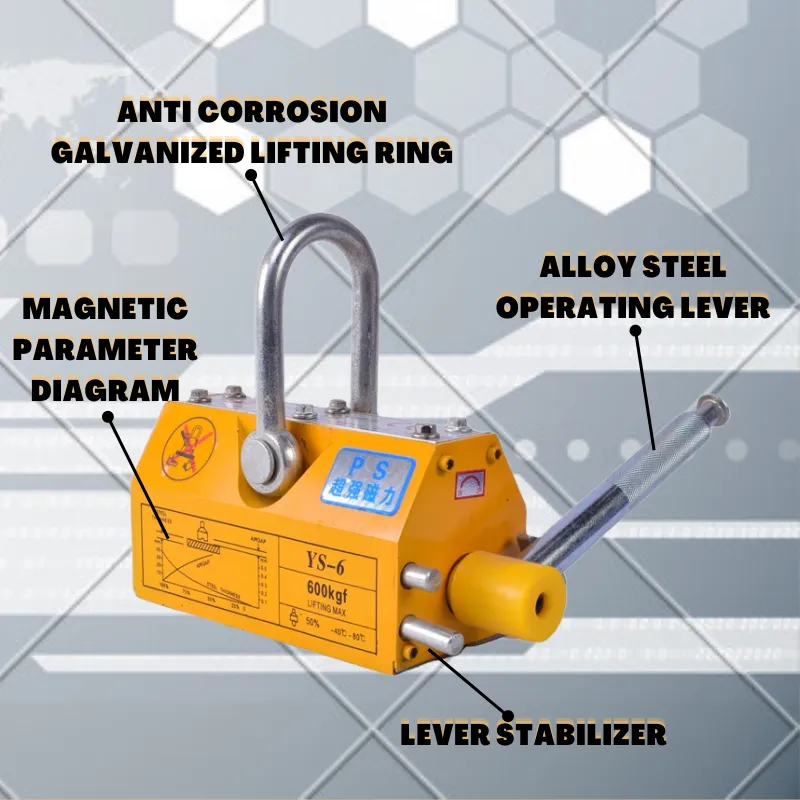movable gantry
The Evolution and Impact of Movable Gantry Systems in Modern Industries
In the fast-paced landscape of modern industries, the need for efficiency and precision has never been higher. One technological advancement that has significantly contributed to meeting these demands is the movable gantry system. These versatile structures offer various applications in fields ranging from manufacturing and construction to logistics and shipbuilding.
Understanding Movable Gantry Systems
Movable gantries are framework structures that utilize a system of beams and rails to lift and move heavy loads across a designated area. They can be classified into various types, including single-girder and double-girder designs, which influence their load capacity and stability. The key feature of a movable gantry is its ability to adjust position, allowing it to be used in multiple settings or for different tasks without the need for infrastructure modifications.
Applications in Industries
The applications of movable gantry systems are extensive. In manufacturing, for instance, they are used to transport heavy machinery and components on the factory floor. Their mobility ensures that they can adapt to changes in production lines, making them an invaluable asset in lean manufacturing environments. Similarly, in the construction sector, movable gantries facilitate the lifting of large materials, reducing the risk of injury associated with manual lifting and increasing overall productivity.
In the logistics and shipping industries, movable gantries play a crucial role in loading and unloading shipping containers. Their ability to navigate tight spaces and lift heavy loads makes them indispensable for port operations, where the timely movement of cargo is essential to maintaining efficiency and profitability. Additionally, movable gantries are utilized in the assembly of large structures, such as bridges and wind turbines, where precise positioning is critical.
Safety and Ergonomics
movable gantry

One of the primary advantages of movable gantry systems is their contribution to workplace safety and ergonomics. Traditional manual lifting techniques can lead to injuries among workers, particularly when handling heavy items. By employing a movable gantry system, companies can drastically reduce the incidence of workplace injuries. This shift not only protects employees but also enhances productivity by minimizing downtime caused by accidents.
Moreover, these systems can be equipped with advanced safety features, such as load sensors and automatic shut-off systems, to further mitigate risks. As safety regulations become increasingly stringent, the adoption of modern lifting solutions like movable gantries is expected to rise.
Technological Innovations
The design and functionality of movable gantry systems have evolved significantly over the years, thanks to advancements in technology. The integration of electric drives and smart controls has enhanced their operational efficiency. Modern gantries can now be remotely operated, allowing for greater control and precision in movement. Enhanced materials and construction techniques have also led to lighter, more durable gantries that can support greater loads while being easier to maneuver.
Additionally, the advent of automation and robotics in various industries has opened new avenues for the use of movable gantries. Automated systems can work in tandem with these structures to facilitate seamless material handling processes, thus optimizing production workflows.
Future Prospects
As industries continue to evolve with the advent of new technologies, the role of movable gantries is set to expand. With ongoing research into materials science and engineering, future gantry systems will likely become even more efficient and adaptable. The push towards sustainability may also drive innovations, leading to the development of eco-friendly materials and energy-efficient designs.
In conclusion, movable gantry systems represent a vital component of the modern industrial landscape. Their ability to enhance efficiency, improve safety, and adapt to various applications makes them an invaluable asset across multiple sectors. As technology continues to advance, the potential for these systems to revolutionize industries is immense, paving the way for even greater innovations in the years to come.
-
Unlock Seamless Relocation with Our Heavy Equipment Moving ExpertiseNewsJun.06,2025
-
Unleash Unrivaled Flexibility with Our Adjustable Gantry CraneNewsJun.06,2025
-
Unleash Heavy-Duty Efficiency with Our Industrial Gantry Crane SolutionsNewsJun.06,2025
-
Revolutionize Steel Handling with Our Magnetic Lifter RangeNewsJun.06,2025
-
Master Equipment Mobility with Premium Machinery Mover SolutionsNewsJun.06,2025
-
Elevate Your Material Handling with Magnetic Lifter TechnologyNewsJun.06,2025
-
YS Permanent Lifting Magnets: The Smarter Way to Handle SteelNewsMay.22,2025
